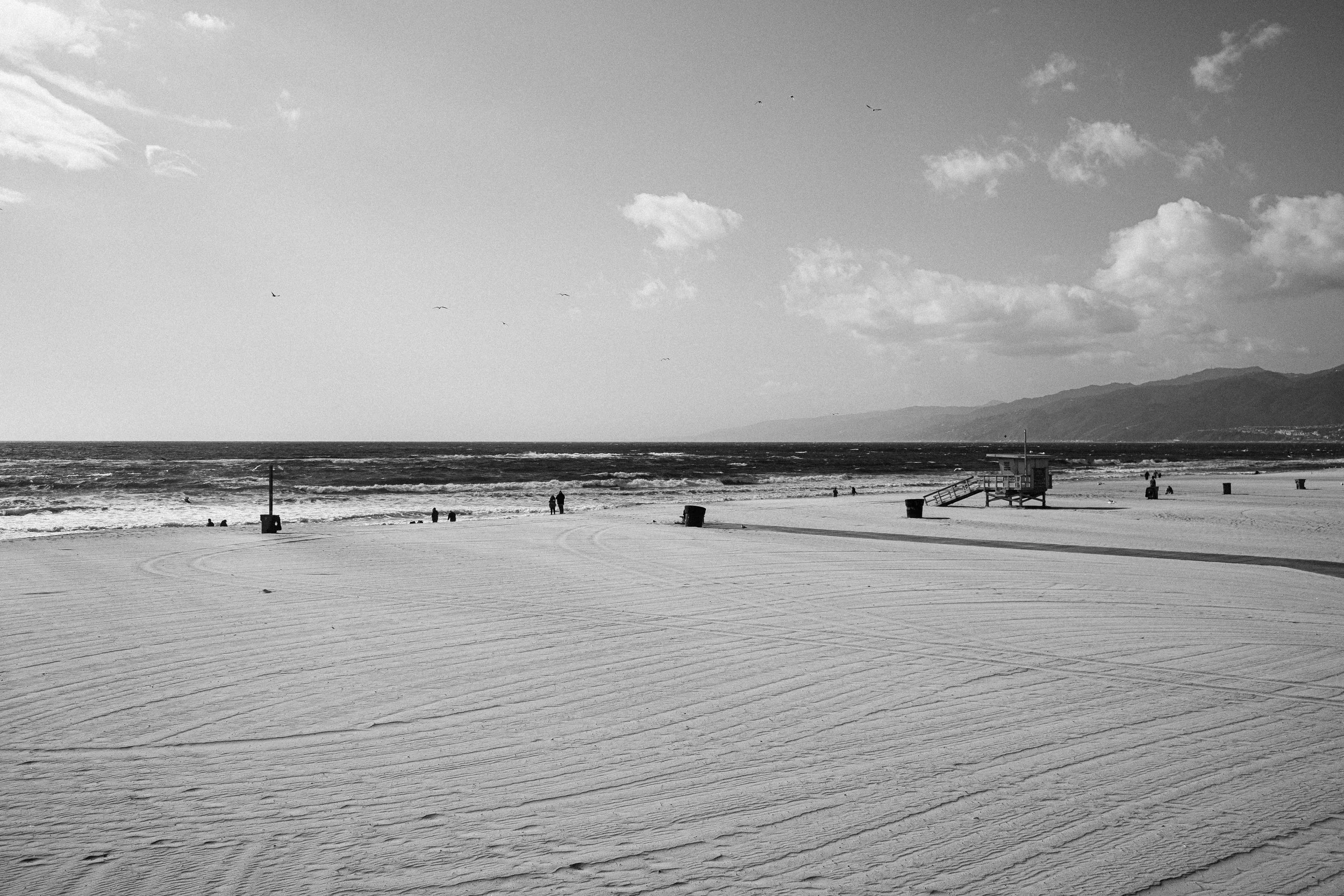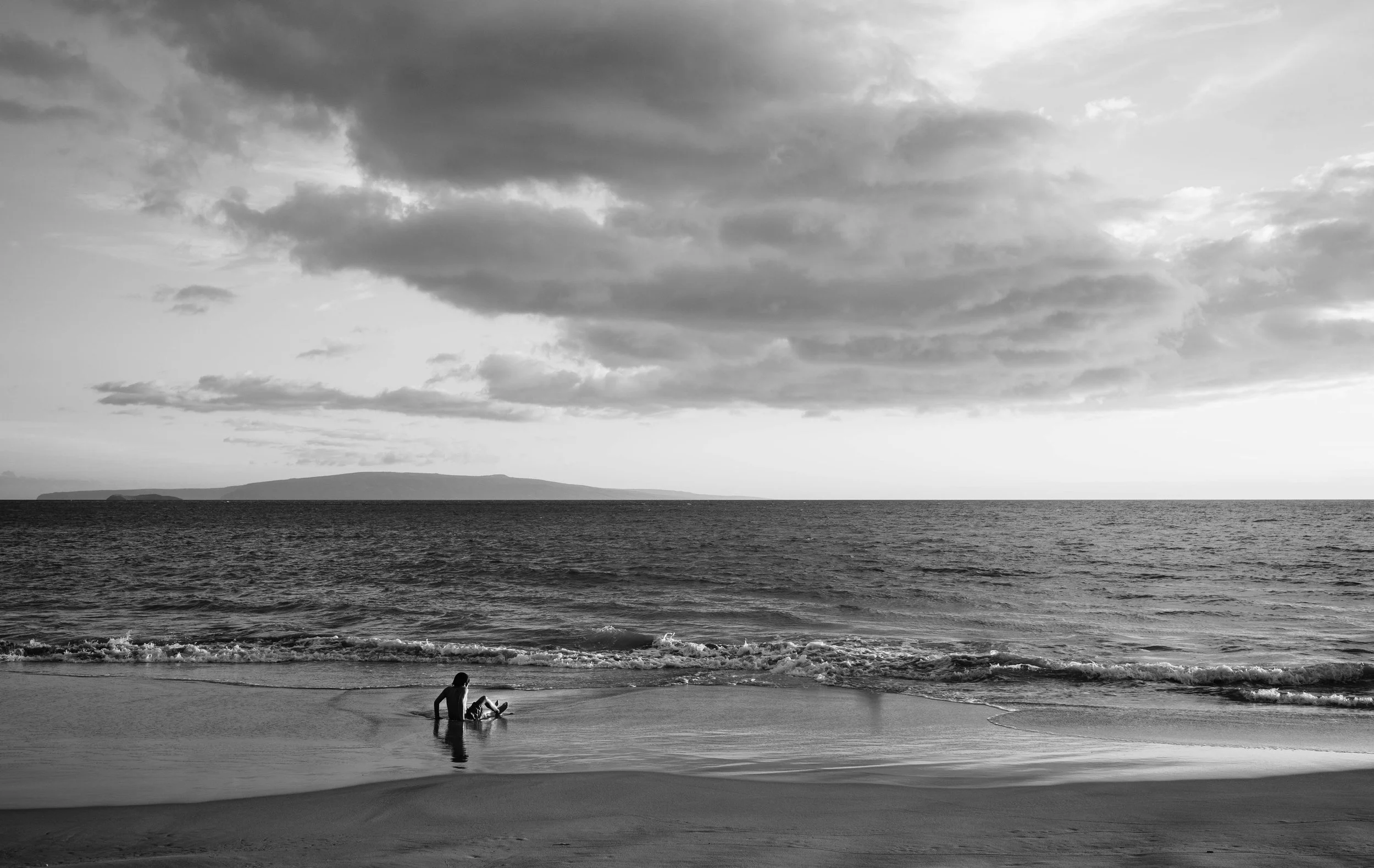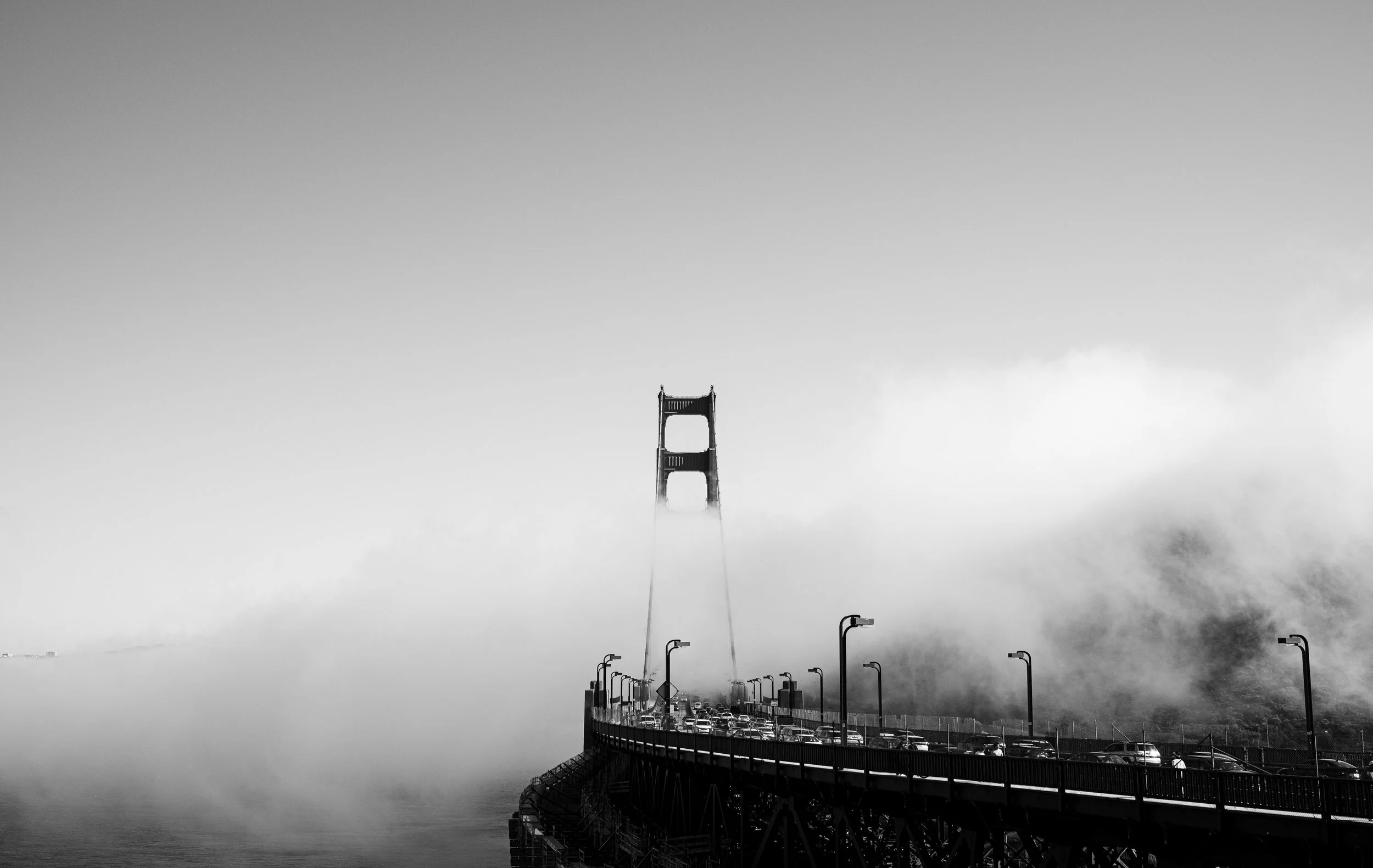The Importance of Being in the Moment While Photographing
In today’s fast-paced world, where distractions are just a glance away, the art of photography can often feel rushed. However, embracing the concept of mindfulness—being fully present in the moment—can transform not only our photography but also our experience behind the lens. In this blog, we'll explore why being present is essential for capturing authentic moments and how it can enhance our creativity and connection to our subjects.
The Essence of Being in the Moment
Being "in the moment" means immersing yourself fully in your surroundings and experiences. It’s about tuning into the sights, sounds, and feelings that envelop you. Mindfulness has been shown to reduce stress, increase focus, and cultivate a deeper appreciation for the world around us. When we apply this to photography, we find that our work becomes richer and more meaningful.
Connection to Your Subject
One of the most profound benefits of being present is the deeper connection it fosters between the photographer and the subject. Whether you’re photographing a landscape, a busy street, or a quiet moment with a loved one, being fully engaged allows you to capture the essence of the scene. Mindfulness encourages us to notice the subtleties—facial expressions, fleeting gestures, and the interplay of light and shadow—that often reveal the story behind the image.
Enhancing Creativity
Mindfulness can also ignite creativity. When we allow ourselves to be in the moment, we open up to new perspectives and ideas. Instead of rigidly sticking to a predetermined shot, being present encourages spontaneity. You might discover an unexpected angle or a captivating detail that sparks your imagination. To cultivate a creative mindset while shooting, consider setting an intention for your session or challenging yourself to find beauty in the mundane.
Technical Mastery and Intuition
While technical skills are crucial in photography, being in the moment allows us to respond intuitively to our environment. Instead of getting bogged down by settings and equipment, we can focus on the unfolding scene. This balance between technical mastery and spontaneity is key; when we trust our instincts, we’re often able to capture images that resonate with us.
Observing Details
When we rush, we often miss the details that can elevate a photograph. Mindfulness teaches us to slow down and observe our surroundings closely. Pay attention to the way light dances on a surface, the patterns in nature, or the emotions of people in a crowd. By training our eyes to see beyond the obvious, we can create images that tell a richer story.
Overcoming Distractions
In a world filled with distractions, it’s easy to lose focus while photographing. Common interruptions like smartphones, noise, and our wandering thoughts can pull us away from the moment. To counter this, consider implementing strategies that minimize distractions. For example, turn off your phone notifications, find a quiet spot to shoot, or even take a moment to breathe deeply and center yourself before diving in.
The Impact on Storytelling
When we capture images with mindfulness, we create more compelling narratives. Being in the moment allows us to document genuine emotions and interactions, leading to photographs that resonate with viewers. Each image becomes a story, revealing not just what we saw, but also how we felt in that instant.
Practical Tips for Being Present While Photographing
1. Mindful Breathing: Before you start shooting, take a few deep breaths to ground yourself. This usually helps me overcome anxiety when shooting out on the streets.
2. Limit Gear: Use minimal equipment to keep your focus on the moment rather than your gear. This is something I love to emphasize for myself.
3. Set Intentions: Think about what you want to capture before you begin; it helps focus your attention. I tend to think of my goals of what I want to capture at the start of my morning and then stick to that goal throughout the day.
4. Take Breaks: Step back periodically to observe your surroundings and reflect on what you’ve captured. Have a coffee, sit in a library for a moment, or talk to a stranger.
5. Engage Your Senses: Tune into your environment—notice the sights, sounds, and feelings around you. Tap into the life happening around you.
Incorporating mindfulness into our photography can transform the way we see and capture the world. By being present, we not only enhance our technical skills but also deepen our emotional connection to our subjects. I encourage you to practice being in the moment during your next photography session. Take the time to reflect on your experiences and share your thoughts on the importance of mindfulness in photography.
To put these ideas into practice, I challenge you to take on a photography project focused on mindfulness. Spend a day shooting with the intent to be present, and notice the difference it makes. I’d love to hear your experiences and insights on this journey—share your thoughts, shoot me an email!



